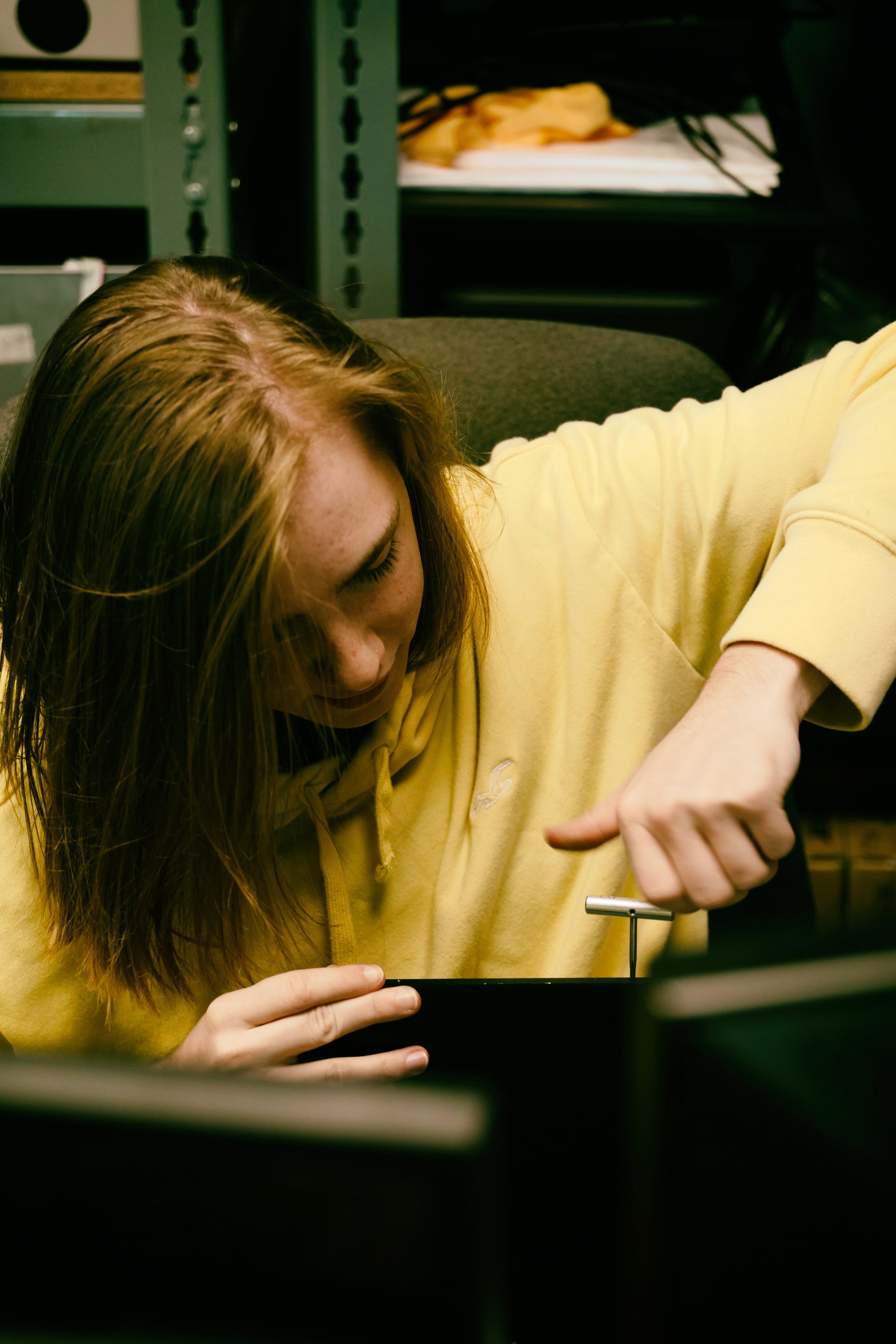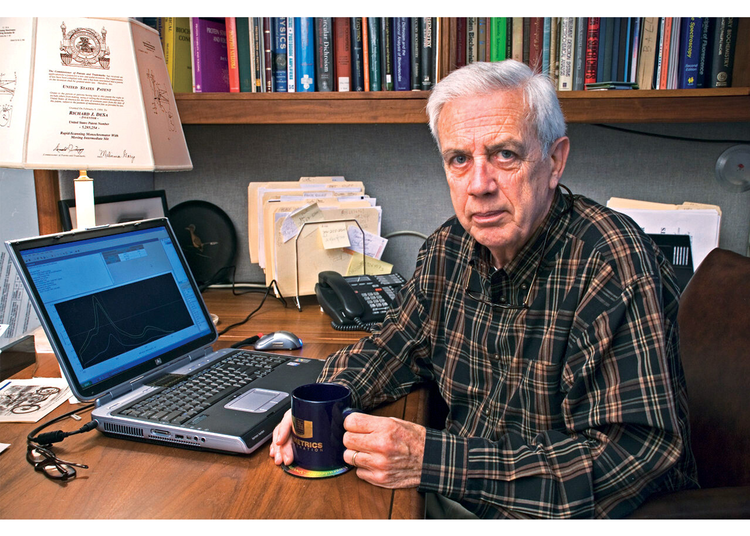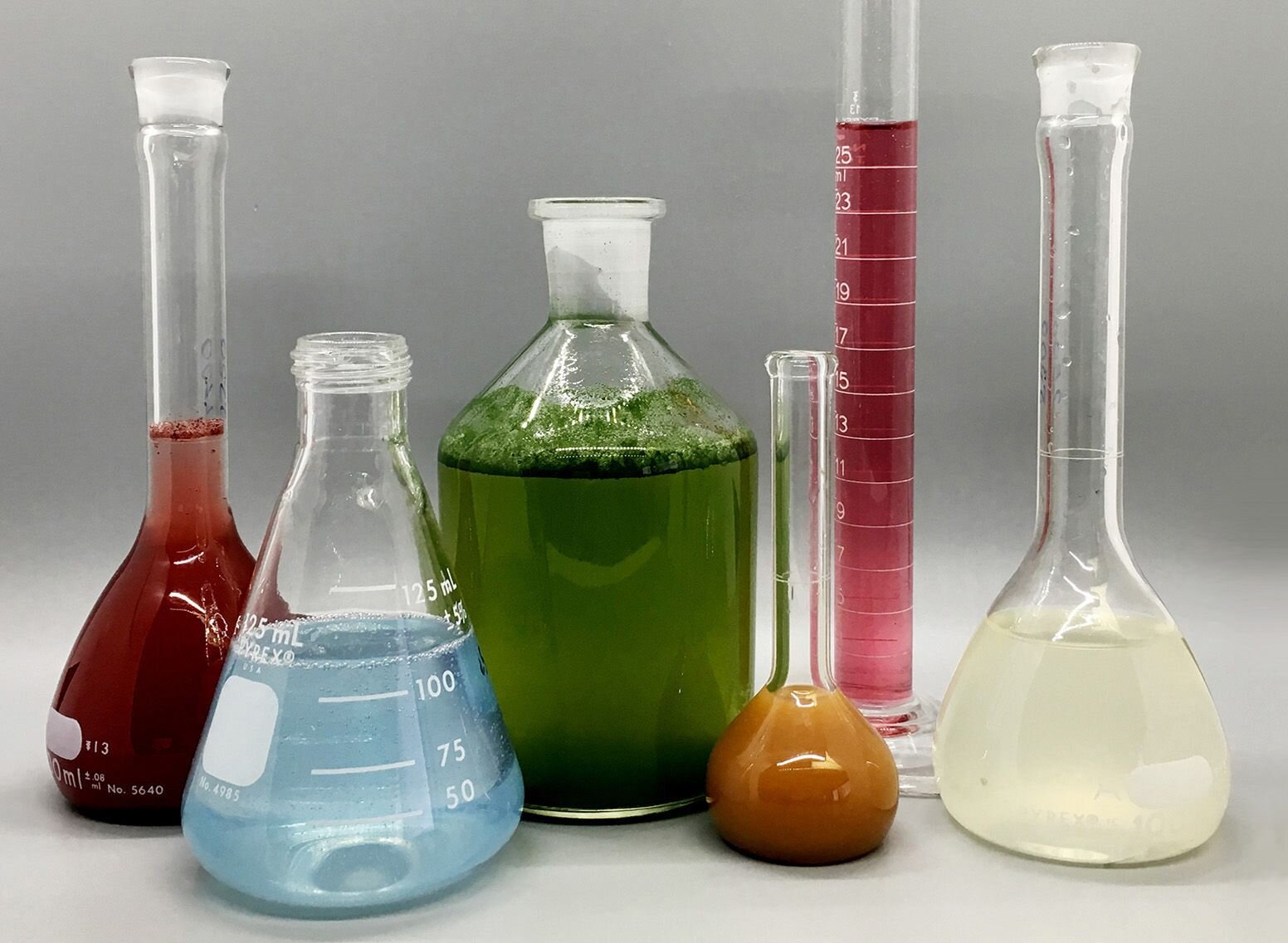Spectrophotometers Fundamentals Explained
Spectrophotometers Fundamentals Explained
Blog Article
Little Known Facts About Spectrophotometers.
Table of Contents5 Easy Facts About Uv/vis/nir ShownNot known Facts About Uv/visLittle Known Questions About Spectrophotometers.Spectrophotometers Things To Know Before You BuyOur Spectrophotometers PDFs

Although spectrophotometry is most frequently used to ultraviolet, noticeable, and infrared radiation, modern-day spectrophotometers can interrogate wide swaths of the electromagnetic spectrum, consisting of x-ray, ultraviolet, noticeable, infrared, and/or microwave wavelengths. Spectrophotometry is a tool that depends upon the quantitative analysis of molecules depending on just how much light is absorbed by colored substances.
Some Known Questions About Uv/vis.
A spectrophotometer is commonly utilized for the measurement of transmittance or reflectance of solutions, transparent or nontransparent solids, such as sleek glass, or gases. Although lots of biochemicals are colored, as in, they take in visible light and for that reason can be determined by colorimetric procedures, even colorless biochemicals can often be transformed to colored compounds ideal for chromogenic color-forming reactions to yield substances suitable for colorimetric analysis.: 65 Nevertheless, they can likewise be developed to determine the diffusivity on any of the listed light varieties that usually cover around 2002500 nm using different controls and calibrations.
An example of an experiment in which spectrophotometry is used is the decision of the balance constant of an option. A particular chain reaction within a solution might take place in a forward and reverse instructions, where reactants form items and products break down into reactants. Eventually, this chain reaction will reach a point of balance called a balance point.
10 Simple Techniques For Uv/vis/nir
The quantity of light that goes through the service is a sign of the concentration of certain chemicals that do not permit light to pass through. The absorption of light is due to the interaction of light with the electronic and vibrational modes of molecules. Each kind of molecule has an individual set of energy levels connected with the makeup of its chemical bonds and nuclei and therefore will soak up light of particular wavelengths, or energies, leading to unique spectral properties.
They are commonly used in numerous markets including semiconductors, laser and optical manufacturing, printing and forensic evaluation, as well as in labs for the study of chemical compounds. Spectrophotometry is typically used in measurements of enzyme activities, decisions of protein concentrations, decisions of enzymatic kinetic constants, and measurements of ligand binding reactions.: 65 Ultimately, a spectrophotometer is able to identify, depending on the control or calibration, what compounds are present in why not check here a target and exactly how much through computations of observed wavelengths.
Created by Arnold O. Beckman in 1940 [], the spectrophotometer was developed with the help of his coworkers at his company National Technical Laboratories founded in 1935 which would end up being Beckman Instrument Business and ultimately Beckman Coulter. This would come as a solution to the previously produced spectrophotometers which were not able to take in the ultraviolet correctly.
Unknown Facts About Circular Dichroism
It would be discovered that this did not provide satisfying outcomes, therefore in Model B, there was a shift from a glass to a quartz prism which allowed for much better absorbance outcomes - circularly polarized luminescence (https://visual.ly/users/julieanndesalorenz30606/portfolio). From there, Model C was born with an adjustment to the wavelength resolution which wound up having 3 systems of it produced
It was produced from 1941 to 1976 where the rate for it in 1941 was US$723 (far-UV devices were an option at extra cost). In the words of Nobel chemistry laureate Bruce Merrifield, it was "probably the most important instrument ever established towards the improvement of bioscience." Once it became terminated in 1976, Hewlett-Packard developed the first commercially readily available diode-array spectrophotometer in 1979 referred to as the HP 8450A. It irradiates the sample with polychromatic light which the sample soaks up depending on its properties. It is sent back by grating the photodiode variety which detects the wavelength area of the spectrum. Since then, the creation and implementation of spectrophotometry devices has increased tremendously and has actually become one of the most ingenious instruments of our time.

The 4-Minute Rule for Uv/vis/nir
The grating can either be movable or repaired.
In such systems, the grating is fixed and the intensity of each wavelength of light is measured by a different detector in the selection. When making transmission measurements, the spectrophotometer quantitatively compares the portion of light that passes through a referral option and a test service, then electronically compares the intensities of the 2 signals and calculates the percentage of transmission of the sample compared to the recommendation standard.

Report this page